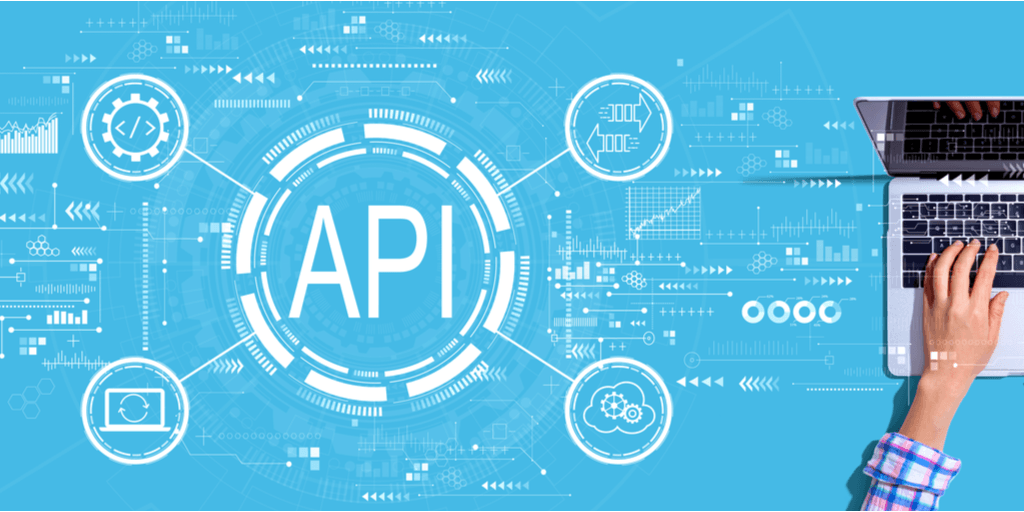Whether you are using ExAM for auditing or inspections purposes, to digitize forms, or for data calls, it will help you to integrate vital information into your business processes, not to mention migrate it into Salesforce.
Understanding that many organizations use a variety of apps and data sources, MB&A’s team draws on over 10 years of experience to help our customers consolidate, synthesize, and make use of their data. We have helped dozens of customers to connect everything from work order management systems to financial and property management systems with Salesforce and ExAM. We’ve even integrated multiple inspection solutions to give our customers and their stakeholders a seamless experience.
Since our apps are built on Salesforce, and they take an API-first approach to their platform – i.e., they make it easy for software to exchange data and functionality it’s easier for us to achieve our customer’s interconnectivity objectives. This ensures that existing processes (like a customer experience) can be easily plugged into new data and functionalities, and any software that needs to send or receive data adheres to those specifications when making requests.
For instance, ExAM users can easily connect a property portfolio application to the ExAM4Inspections solution. Technically, this can be completed in a number of ways, as Salesforce supports many APIs, and we’ve developed an app called ExAM Connect that can help accelerate your journey towards interconnectivity. (More on this below).
In terms of our process, before we start offering solutions, we make every effort to scope the interconnectivity problem you are trying to solve. Although it can be tempting to skip forward and start slinging data, that often ends in less-than-ideal results. At a minimum you should consider the following before you begin sending that first byte:
User experience: What is the end-user experience? What tools does a developer need?
- How often will they require data?
- Are there any technical dependencies that must be considered?
Objects and records: What type of data are you working with?
- Are there data dependencies, or existing relationships within the data that should be factored in?
Operations: What are you trying to do with the data?
- What direction is data flowing?
- What happens after a transaction succeeds or fails?
Growth and scale: Does your integration effectively scale with the growth of your dataset?
- How many active users do you anticipate having, and how much will your volume of data increase?
API limits and allocations: How many API resources are being used?
- How many API requests are needed to address the use case?
- How many daily API requests are available in your Salesforce org? (You can check your limits with the Lightning Platform API Basics Trailhead)
By answering these questions, you’ll get clearer on which Salesforce APIs you should use. Some of our “go-tos” for ExAM-based projects are:
- SOAP – supports XML, synchronous
- REST – supports XML and JSON, synchronous
- Bulk API – leverages REST, asynchronous
Here is a complete listing, as well as a great Trailhead about API planning in Salesforce.
After building data exchanges for dozens of customers, we came up with the bright idea of making it easier to solve ExAM-based data exchanges, especially when there is a need to exchange:
- ExAM and field services data between Salesforce orgs, and
- JSON data between ExAM and third-party tools
Since we consistently found ourselves being asked to connect customers with their external stakeholders and their IT systems, we decided to build an app that could simplify the process. We rolled out ExAM Connect in 2021 to make it easier for our customers to implement the popular hub-and-spoke model. ExAM Connect leverages the REST API To share data securely via a common JSON structure, as shown below:

ExAM Connect Connection
We understand that most solutions are going to be bigger than ExAM alone, and helping our customers get there with APIs and apps is a big part of helping them get the outcomes they need.





